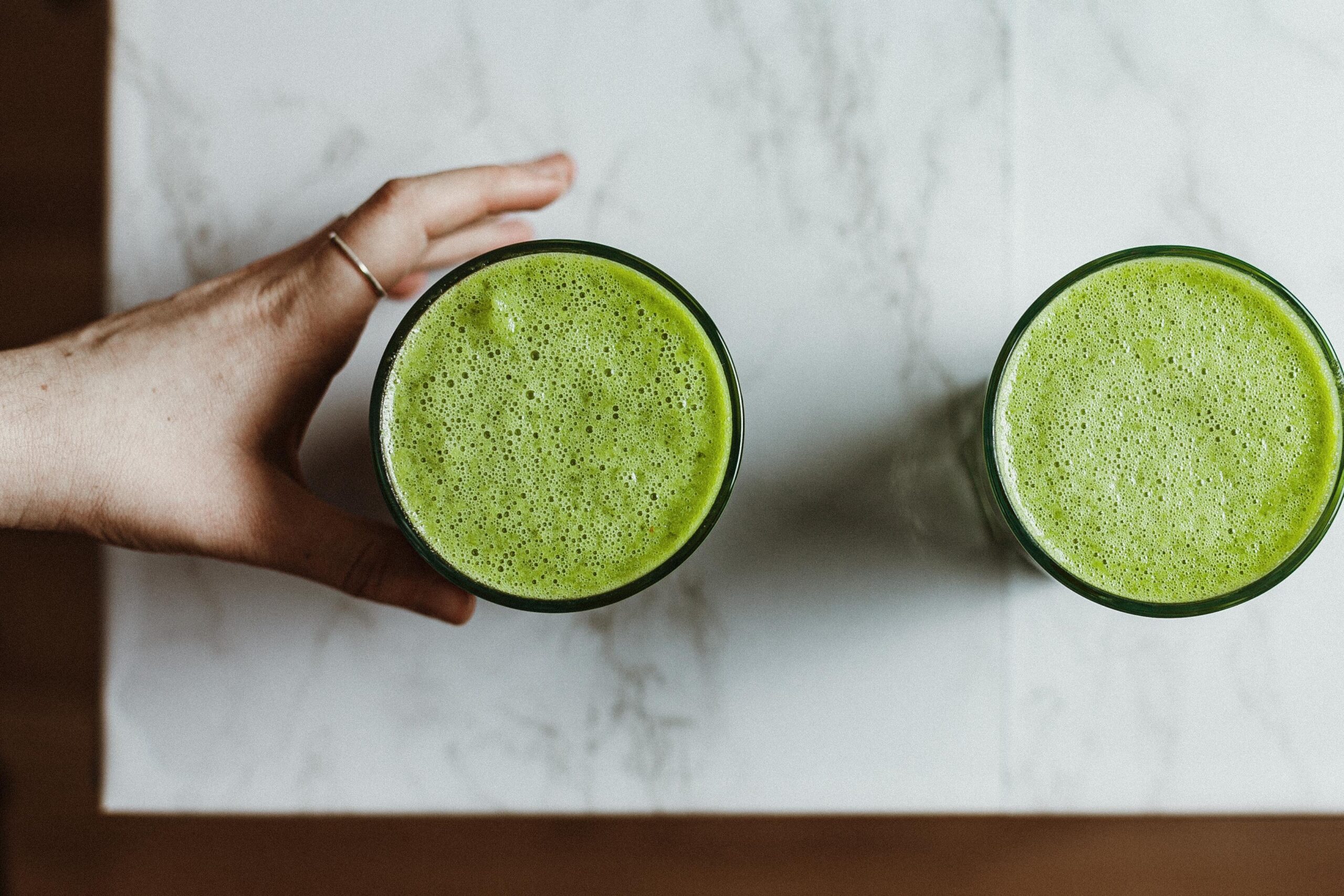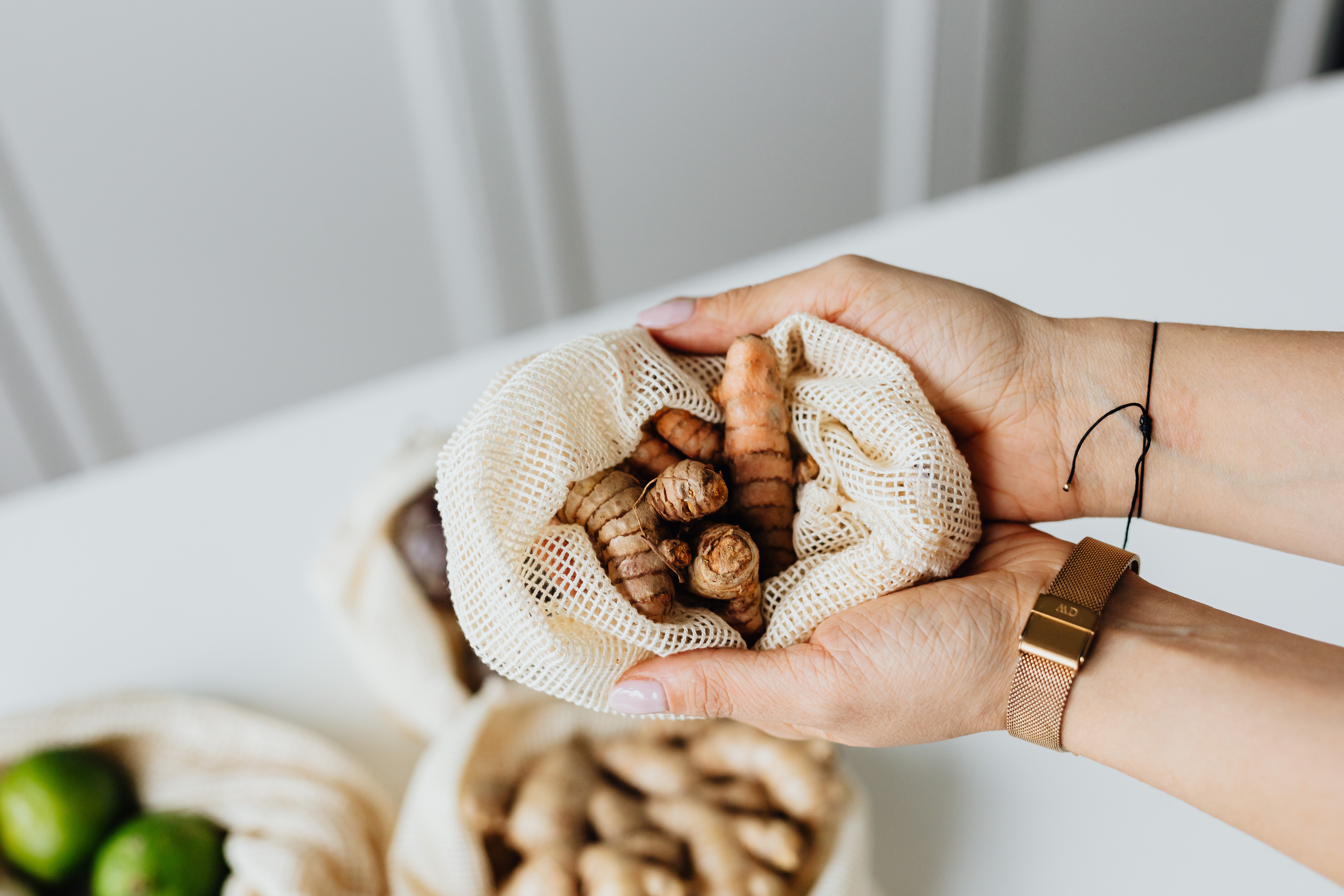There are a lot of opinions out there on whether juicing or blending is better, which fruits and veggies should be used for each option and which method is healthier. While at the end of the day both methods are a great way to increase your daily nutritional intake, there are a few points to remember for each:
Blending:
Blending involves using whole fruit or vegetables in a blender which are finely chopped until smooth. This enables for the nutrition and fibre from the whole plant product to be consumed. These are commonly referred to as smoothies. A smoothie uses less plant product than a juice- for example, a green smoothie can be as simple as a banana, an orange and some kale. Some form of liquid needs to be added to ensure the final product is able to be consumed as a drink (and not sludge!). You can add water, coconut water or herbal teas to your fruit and vegetable blends. The biggest difference here is that blending means you are consuming all of the fibre from the plant product which aids appetite, digestion and keeps your feeling fuller for longer. Blending is also often a cheaper option. All you need is a blender which is more cost effective than a juicer (and easier to clean!). You use less produce, meaning you need less fruit and veggies. It also means you can use non plant products such as chia seeds, cacao powder, flaxseeds etc to bump up the nutritional value.
Juicing:
Juicing separates the water from the pulp and fibre components of the plant. The end product of a juice is just the nutrients and water. Juicing does mean that you use more fruit and vegetables per glass, however more fruit and veg also means there is more nutritional value. Take care when adding fruit as these will have a naturally higher sugar content. For example, a glass of orange juice may take 3-4 oranges which is a lot of fruit sugar. Using a combination of fruit and vegetables is a good way to get around this. These nutrients are easier to digest and absorb without the fibre present. You are also able to use more variety when juicing, such as root vegetables like carrots, ginger and beetroots or greenery like parsley or celery which are not easily added into a blender. Juicing enables you to consume your 5 serves of veggies and 2 fruit for the day in one quick drink.
So which is best? As you can see, they are both good for different reasons. I like to use a combination of both. Both enable you to easily and cost effectively include more plant product from fruits and vegetables into your day without simply having to consume more meals. Keep your eye on my blogs for lots of smoothie and juice recipes!
Hayley Stockbridge is a Naturopath based in Sydney. With over 7 years experience in the health industry, she treats women, men and children of all ages for a variety of health issues. Check out the website for information on how she can help you acheive your health goals!



0 Comments